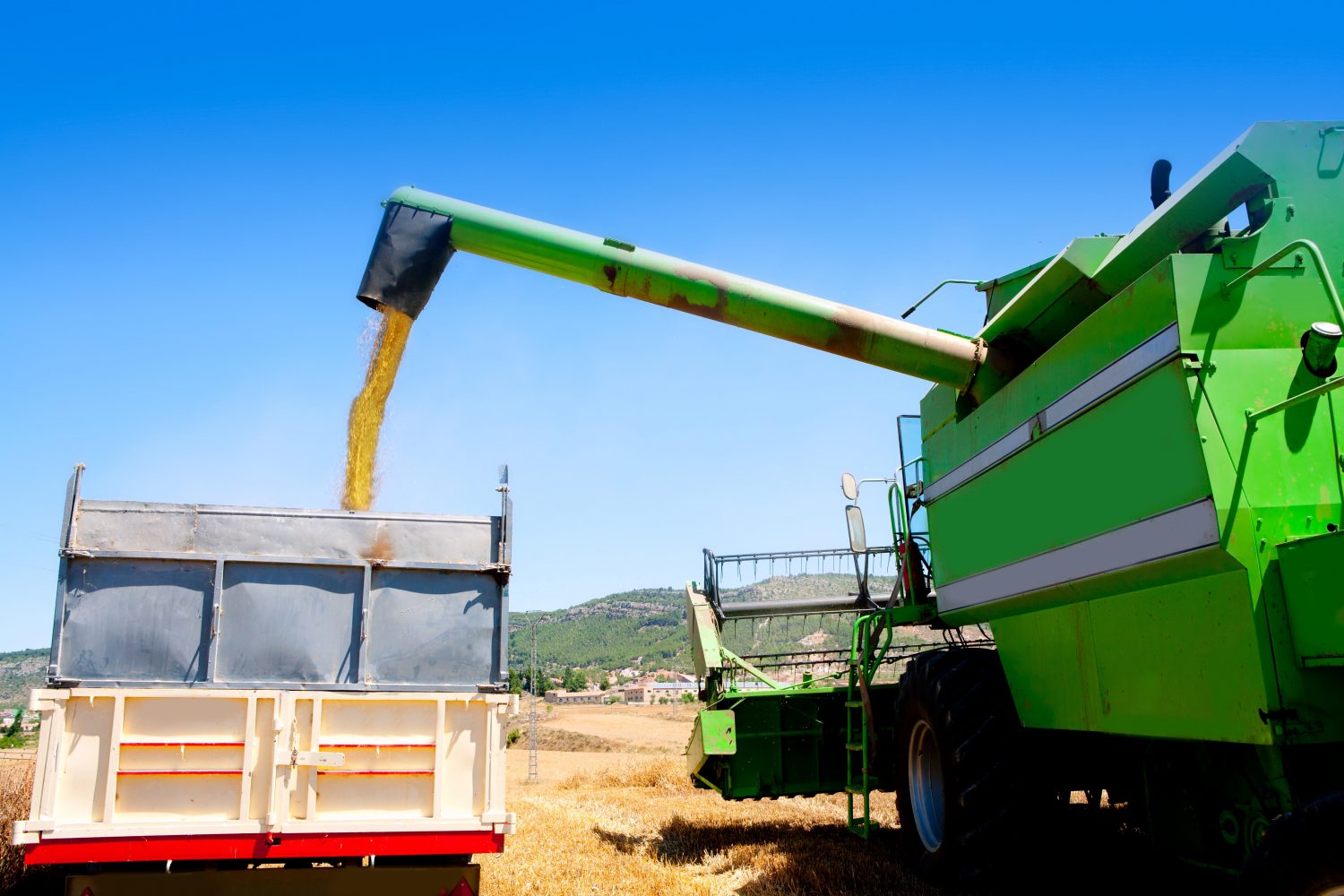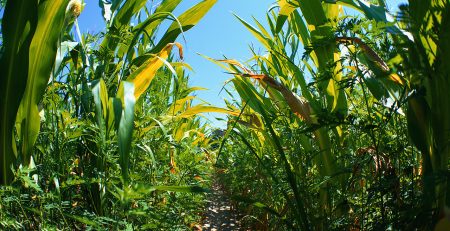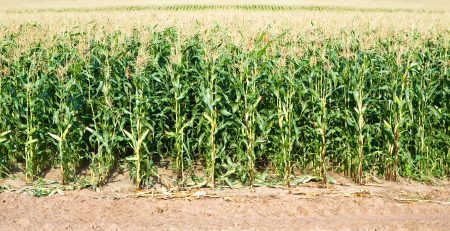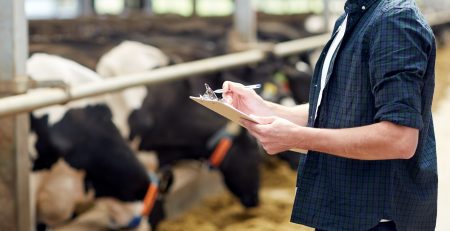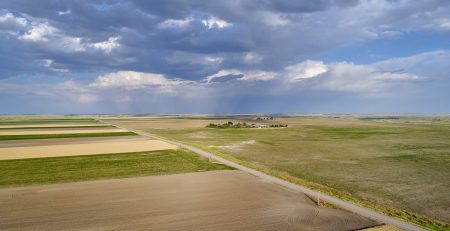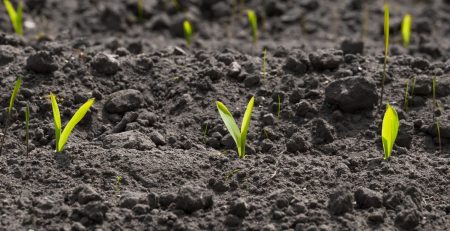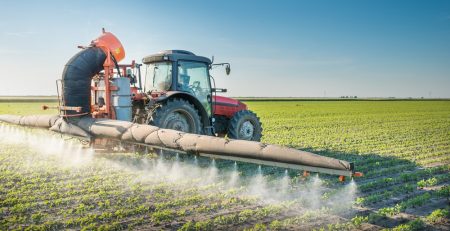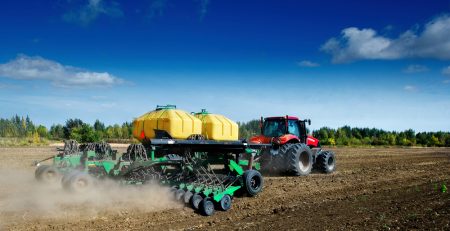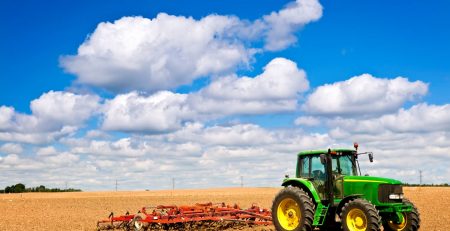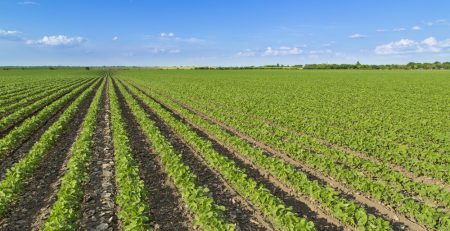Harvest 2020: Some Homeruns, Some Swing and Miss
It’s all hands on deck across the Midwest as farmers race to gather crops before bad weather descends and crop integrity deteriorates. Yield reports and crop conditions are coming in all over the board, with weather, planting dates and other factors coming into play.
“It’s definitely a case of the ‘haves’ and ‘have nots,’ and everything in between,” says Ken Ferrie, Farm Journal Field Agronomist. “Many guys are harvesting drought damaged crops where the beans and the corn died prematurity. With corn, moisture tells the story.”
Drought areas that died early are coming in at 18% with the rest of the field around 25%, he says. And if there are replant spots in that same field, they’re coming in at 35%. It’s a nightmare for anyone trying to manage corn driers.
Corn yields are every bit as variable as moisture content. Ferrie is hearing reports from drought-stricken farmers that range from 120 to 170 bu. per acre and non-moisture stressed fields showing major swings from 120 to 270 across the field for a whole-field average around 200, 210 bu. per acre.
“Early soybeans that died have wide swings as well,” Ferries as. “Field averages are as low as 25 bu. up to the mid-50s. Areas that picked up August rains are seeing big dividends there, with bean yields from the 70s to the 80s and corn yields in the 250 to 300 bu. range.”
The big corn yields are coming from the fields you’d expect—the ones with picture perfect finishes, green from top to bottom and bright colored ears. Ferrie says this will be a learning year for sure.
“We’ll see some interesting differences between bean maturities and planting dates when this is all done,” he says. “This year is a good example of why you don’t put all your eggs in one basket—you never know what Mother Nature will throw at you.”
In terms of field conditions, he is still seeing and getting reports of Tar Spot, corn rootworm resistance—even in fields planted with traited products and crown rot. Just because it’s harvest, doesn’t mean you shouldn’t be out scouting and taking notes for next year.
Mind harvest loss
Two kernels per square foot is one bushel lost, and four soybeans per square foot is a bushel lost. Check every field and every hybrid or variety as grain size changes and conditions change.
“A good target to shoot for is less than 2% loss in corn and less than 3% loss in the beans,” Ferrie says. “Check loss when you swing hard like they are in fields in dry areas. If there’s a 100 bu. swing in the corn, stop and check harvest loss. We might have to readjust strippers and speed in those areas.”
Content within the Farm Journal Forum is the property of Farm Journal, Inc and protected by copyright.